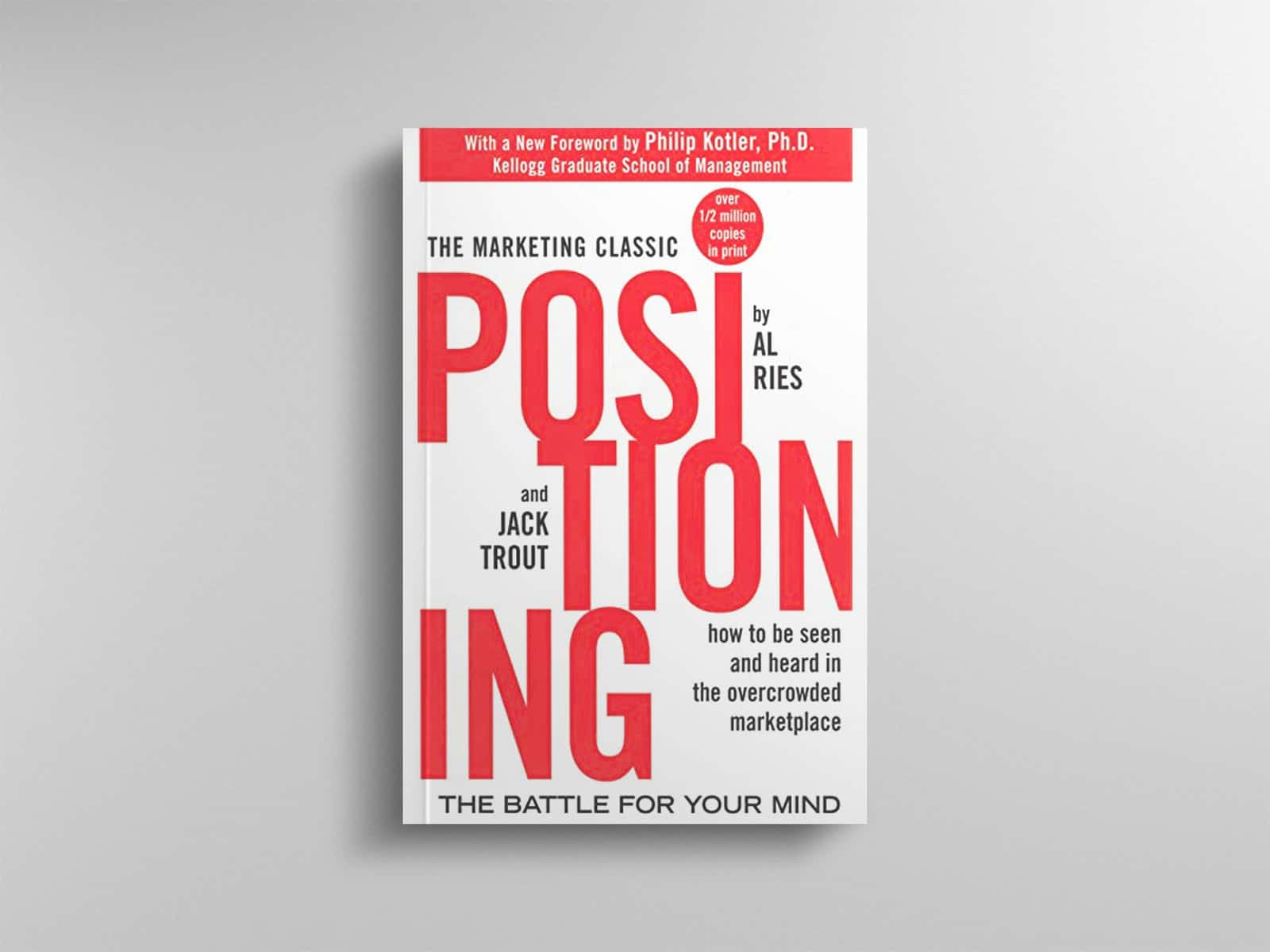
I Read Positioning: The Battle for Your Mind So You Don’t Have To, Here’s What I Learned

If you're into marketing, branding, or just curious about how companies (and people) stand out in crowded markets, Positioning: The Battle for Your Mind by Al Ries and Jack Trout is a must-read.
But if you don't have time to dive into the whole book don't worry.
I read it for you.
Here are the key ideas that stuck with me 👇
1. Positioning is all about the mind not the product
The essence of positioning is to claim a unique place in your customer's mind.
It's not about changing your product; it's about shaping how people see it.
To do that effectively, you need to:
Know your target audience and their needs
Study your competitors' positions
Find your unique selling proposition (USP)
Deliver a clear, consistent message
At the end of the day, success depends on how your audience perceives you not what you say about yourself.
2. Be first or create your own category
It's much easier to be first in someone's mind than to be better later on.
If you can't be first in an existing category, make a new one. Examples from the book:
Coca-Cola → first cola drink
IBM → first computer brand
Xerox → first copier
And when you can't be first, reposition yourself creatively:
7-Up became the "Uncola."
Tylenol positioned itself as the safer alternative to aspirin.
Being first — or being different — helps you stick in the mind.
Behavioral Questions for Every Stage
Acquisition:
"Are we selling a bundle, or are we selling the story that comes with it?"
Instead of "12 healthy snacks," it could be "A care package from your future self."Activation:
"What small, unexpected touches make this feel more special than anything else on the market?"
People remember how something made them feel, not just what it contained.
Retention:
"How do we make cancelling feel like leaving a community?"
The harder it is emotionally to let go, the more likely people will stay.Revenue:
"Does bundling items increase perceived value enough to justify a higher price point?"
Often, people will pay more for a curated set than for the same items individually.Referral:
"Is there a status benefit to sharing?"
People love to be the one who 'discovered' something and brought it to their friends.
Key mindset: Behind every arrow in this flow is a human decision. Each improvement is not just about lowering costs or raising numbers, but about influencing behavior in a way that feels natural to the customer.
The Bootstrapping Advantage
It might seem like starting with less money is a disadvantage. But it forces a discipline that well-funded startups often lack:
You can't afford to guess you must test and measure.
You can't buy mass awareness you must earn loyalty.
You can't outspend you must outthink.
And when you add behavioral insight into that mix understanding why people act the way they do you unlock growth strategies that don't depend on budget, only on creativity.
